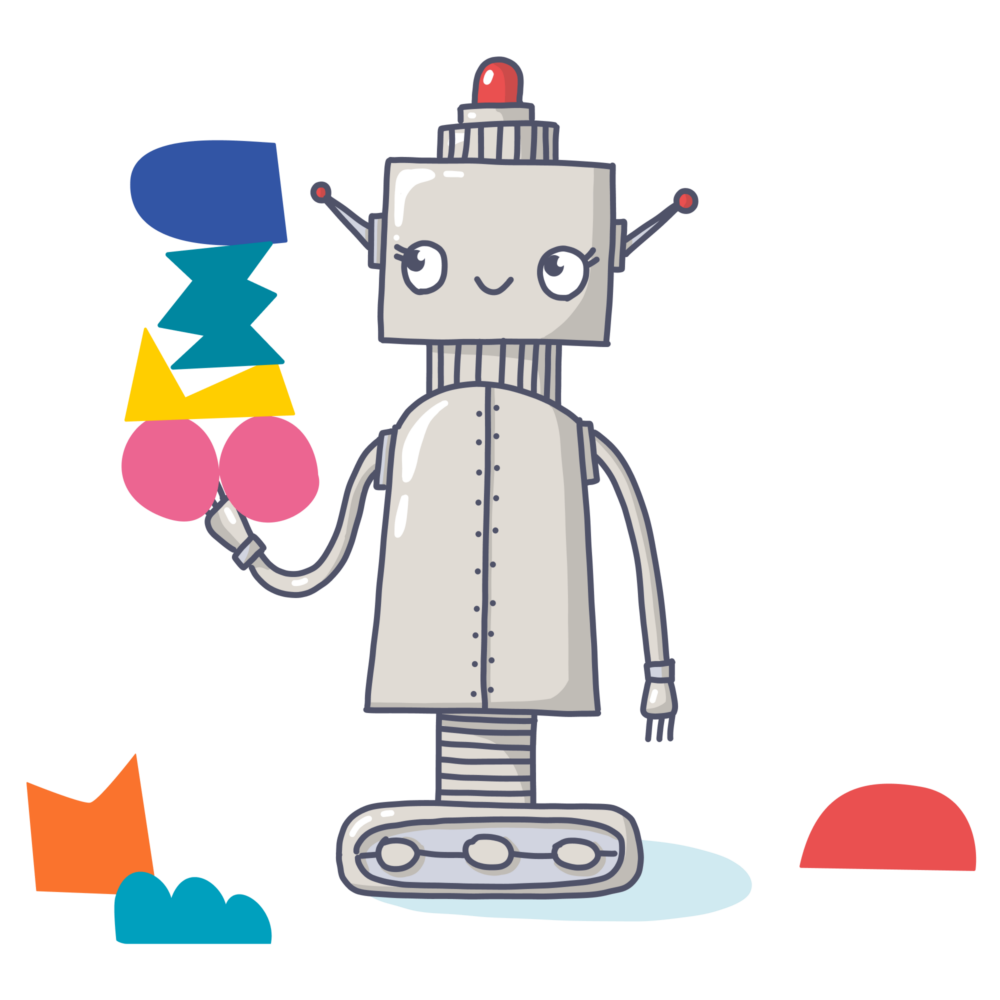Adventure School – Recycling & Action! – Umweltfilm drehen mit Stop Motion
Lore-Lorentz-Schule, Schlossallee 14 40229 Düsseldorf
Wir nutzen diese Cookie-Typen nicht.
Ein Teil der Daten, die dieser Anbieter gesammelt hat, dient der Personalisierung und der Messung der Werbewirksamkeit.

Der Ort, an dem aus Ideen Prototypen und aus Herausforderungen Zukunftsvisionen werden!
Das TüftelLab ist Werkstatt, Spielzeugkiste und Klassenzimmer zugleich. Ein Ort, der jungen Menschen die Möglichkeit bietet, mit digitalen Werkzeugen zu experimentieren und gemeinsam Zukunft zu gestalten. Egal ob in unseren TüftelLabs vor Ort, mobil in einer Schule oder online auf unserer digitalen Lernplattform – Tüfteln ist überall möglich.

Ein intelligentes Bienenhaus, sprechendes Poster oder Bananenklavier selber bauen? Lernt digitale Werkzeuge kennen, gestaltet eure Umwelt und kommt in’s Machen!
In unseren TüftelLabs vor Ort oder mobil in unseren PopUps stellen wir euch alle digitalen Werkzeuge zur Verfügung, die ihr zum Tüfteln braucht: 3D-Drucker, Lasercutter, CNC-Fräse, Schneideplotter, Mikrocontroller und viele mehr!
Aber auch in der Schule oder von zu Hause könnt ihr mit unseren Tüftelmaterialien oder der Lernplattform TüftelLab digital spielerisch die Welt der Technik kennenlernen. Hier wird gemeinsam für eine lebenswerte Zukunft getüftelt! Zusammen möchten wir Ideen umsetzen, wie eine nachhaltige Welt von morgen aussehen kann.
Meldet euch für unseren Newsletter an und erhaltet unser Starterpaket “Maker Education in der Schule” als PDF-Download – euer Einstieg in gemeinsames Machen, Fehlerkultur, nachhaltiges Tüfteln und mehr!

Lore-Lorentz-Schule, Schlossallee 14 40229 Düsseldorf
TüftelLab Berlin, Prinzenstraße 85 C, 10969 Berlin
Lore-Lorentz-Schule, Schlossallee 14 40229 Düsseldorf
Lore-Lorentz-Schule, Schlossallee 14 40229 Düsseldorf
Futurium Berlin, Alexanderufer 2, 10117 Berlin im Werkstattbereich UG
TüftelLab Berlin, Prinzenstraße 85 C, 10969 Berlin
Futurium Berlin, Alexanderufer 2, 10117 Berlin im Werkstattbereich UG
Futurium Berlin, Alexanderufer 2, 10117 Berlin im Werkstattbereich UG
Futurium Berlin, Alexanderufer 2, 10117 Berlin im Werkstattbereich UG
Futurium Berlin, Alexanderufer 2, 10117 Berlin im Werkstattbereich UG
Futurium Berlin, Alexanderufer 2, 10117 Berlin im Werkstattbereich UG
Futurium Berlin, Alexanderufer 2, 10117 Berlin im Werkstattbereich UG
Vor Ort gemeinsam an Projekten tüfteln, digitale Werkzeuge kennen lernen und eigene Ideen verwirklichen. Besucht uns gerne in Berlin, Rhein-Kreis Neuss, München oder Hamburg! Oder holt uns mit den TüftelLab PopUps auch in eure Region!
Eure Quelle für spannende Tutorials und inspirierende Projektideen im Internet! Hier findet ihr alles, was ihr braucht, um zu Hause mit digitalen Werkzeugen kreativ zu werden. Schaut vorbei und startet euer Abenteuer im TüftelLab digital!




